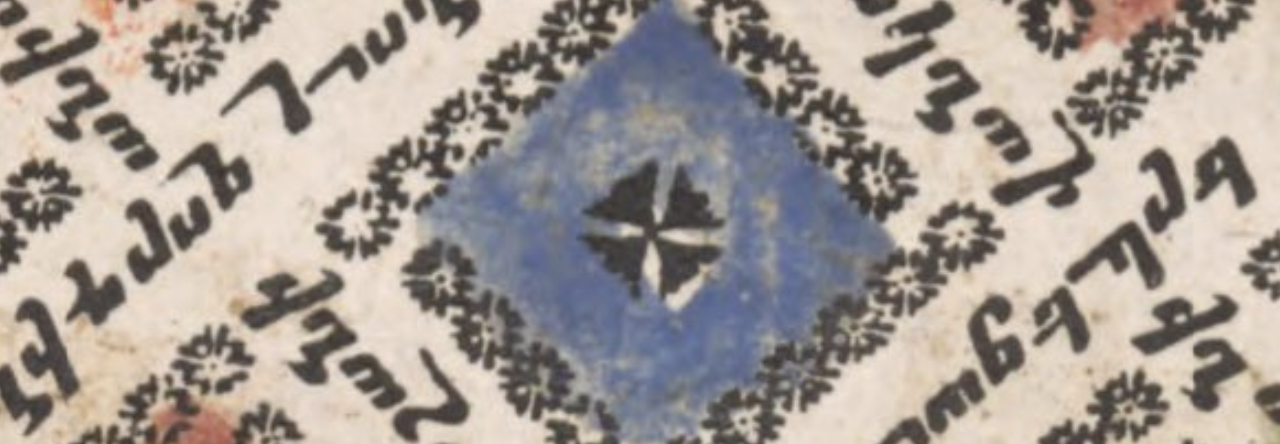
The Zohrab Center has seen a good deal of noted Armenian art historian Dr. Sylvie Merian in recent weeks. In preparation for an academic conference paper, the scholar has been paging through some of the Zohrab Center’s most precious rare books.
She tenderly turns the pages searching for woodcut illustrations printed in Armenian religious books, most of them printed in Constantinople. “There’s another one!” she calls out, pointing to an intricate, full-page illustration featuring biblical images and saints with remarkably detailed facial expressions.
The woodcuts that were produced by Armenian artists in Constantinople are exceptional because many of the compositions for these illustrations were actually closely modeled after western European prints, especially Dutch. The ever-cosmopolitan Armenian artisans became familiar with the designs through the many books printed in Latin, various European languages, and Armenian, which contained them as illustrations. Many such printed books found their way to Armenian communities in Ottoman Turkey and Safavid Iran in the 17th to 18th centuries.
 Dr. Merian has discovered dozens of Dutch-inspired Armenian woodcut illustrations in the ZIC’s rare book collection. Often she can even identify the Dutch artist whose work lies in the background of the Armenian print.
Dr. Merian has discovered dozens of Dutch-inspired Armenian woodcut illustrations in the ZIC’s rare book collection. Often she can even identify the Dutch artist whose work lies in the background of the Armenian print.
But the illustrations inspired more than just woodcut artists. Armenian silversmiths from Kayseri adapted the European designs as imagery for silver plaques used on religious books. Similar images in Armenian manuscript illuminations—which continued to be produced up to the early 19th century in the Near East—and even wall paintings in churches of New Julfa (an Armenian suburb of Isfahan, Iran) are abiding proof of the Armenians’ fascination with the European styles and their openness to adopt and adapt them. In this way, new Christian iconography and decorative motifs were disseminated in various media throughout the region—
—as the Zohrab Center’s remarkable early book collection demonstrates.
Sylvie Merian is Reader Services Librarian at at The Morgan Library and Museum in New York City. She received her PhD in Armenian Studies from Columbia University’s Department of Middle East Languages and Cultures, writing her dissertation on Armenian bookbinding. She has published and lectured internationally on Armenian codicology, bookbinding, and manuscript illumination, as well as on the history of the book.
Dr. Merian will present an illustrated lecture on her woodcut research at the Zohrab Information Center on Wednesday, April 9 at 7:00PM.
